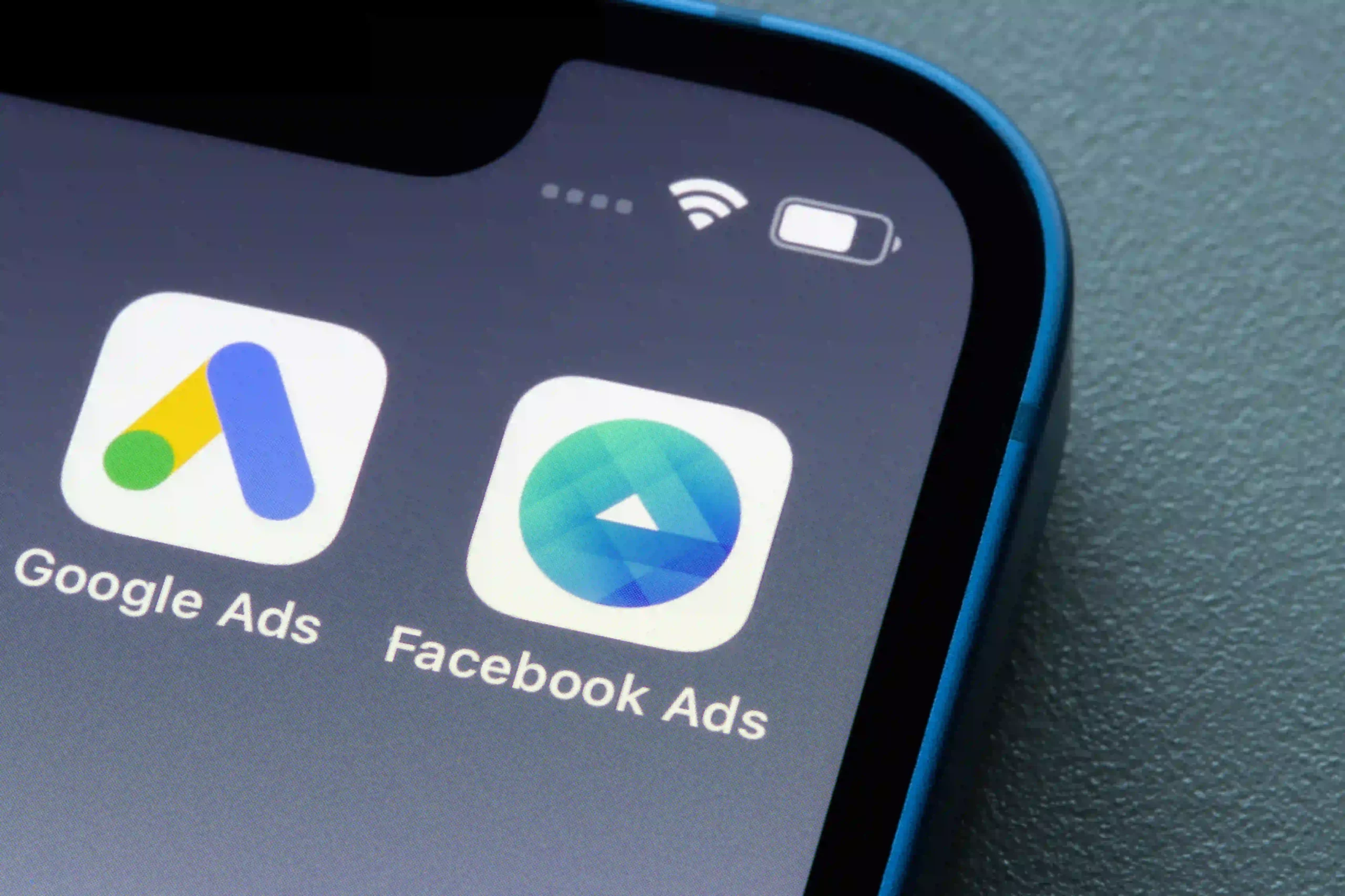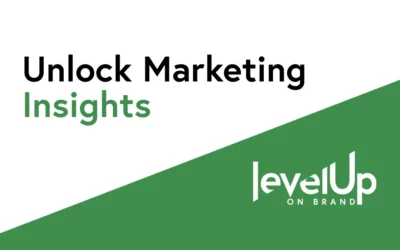Why You Should Make Paid Advertising Part of Your Marketing Strategy
Paid advertising is an essential component of modern marketing strategies today. Channels like pay-per-click (PPC), social media ads, native advertising, and display ads allow brands to reach targeted prospects when they are most receptive to marketing messages and calls-to-action.
In today’s increasingly fragmented and crowded digital landscape, paid advertising enables companies to break through the noise to deliver their message directly in front of their ideal buyers at the right time. It provides precision targeting during the sales funnel to generate leads and site traffic from audiences that are actively searching or open to purchasing.

Paid advertising complements broader organic marketing efforts like content marketing and SEO by expanding reach to various audiences, reinforcing messaging, and driving conversions across the consumer journey. According to HubSpot, 68% of marketers state that paid advertisements are crucial to their workflow. An integrated marketing strategy combining both organic and paid approaches is crucial for effective marketing today.
The Benefits of Using Paid Advertising for Small and Medium Businesses
Precise Audience Targeting to Reach More Relevant Prospects
Paid platforms like Google Ads, Facebook Business Manager, and TikTok for Business allow brands to target their ads to very specific demographic, behavioral, and contextual criteria to reach their ideal buyer personas. For example, your company can target ads by job title on LinkedIn to reach directors, managers, and other senior decision-makers that influence purchasing.
Advertisers can layer on multiple criteria like company size, industry, and interests to hone in on their total addressable market. Retargeting can then help nurture prospects by serving ads to people who have already visited key pages on the company’s website, watched product videos, or engaged with content.
Advertisements Can Drive Traffic to Your Website and Promote Lead-Generation
Paid advertising starts attracting new visitors and generating conversions almost instantly from the moment campaigns launch. Well-optimized pay-per-click and paid social media campaigns can increase website traffic by over 100% within 30 days. In addition to driving traffic to your website, advertisements can also effectively promote lead-generation. By strategically placing ads on platforms where your target audience is likely to be, you can generate quality leads and sales inquiries. Paid advertising allows you to reach a wider audience and capture their attention, increasing the chances of converting them into potential customers. With the right campaign optimization and targeting, you can quickly see a boost in lead generation and ultimately drive more sales for your business.
Manage and Adjust Marketing Spend Based on Measurable ROI
With paid channels, brands only pay when people click on their ads or view their videos. This level of control over media-spend based on real visitor actions enables advertisers to efficiently manage their advertising costs. SMB marketers can set specific ROI targets for each paid campaign, such as target cost-per-click (CPC), cost-per-acquisition (CPA), or cost-per-lead (CPL) and adjust bids accordingly to achieve their desired returns. This makes it easy to optimize profitability over time.
Is Your Paid Ad Strategy Working?
Contact us to Strengthen your PPC Campaigns.
PPC Ads Enhance Reach and Brand Awareness for Content and Organic Marketing
Paid advertising can get more eyes on a company’s content marketing assets like blog posts, guides, and videos. Brands can amplify their organic content by running ads pointing to this content and retargeting those who have already visited or downloaded it. A coordinated organic and paid content strategy increases a company’s total audience size compared to utilizing each strategy alone. Used effectively alongside content distribution and SEO, paid ads expand reach and awareness for your brand’s content.
Rapid Testing and Optimization of Different Campaign Approaches
The highly measurable nature of paid media enables your company to test different versions of ads, landing pages, offers, and target segments to see what resonates in real-time and quickly iterate to improve performance. Testing ad copy, design, calls-to-action, and other elements enables rapid optimization until your company achieves your KPIs. Companies can eliminate underperforming assets and double down on what drives conversions.
Increase Brand Visibility and Recognition with Advertisements
Well-crafted and strategically targeted paid ads beyond just lead-generation can increase overall brand visibility and recognition. Your team can leverage paid social campaigns focused on video views and engagement. PPC and display ads can improve brand metrics like favorability and familiarity with target buyer groups for future sales pipeline growth.
The Secrets to Your Brand's Success with Paid Advertising
Setting Concrete Goals and Tracking Campaign KPIs
The first key to success is identifying concrete goals and Key Performance Indicators for each paid campaign early on. Are you trying to increase website traffic? Product sales? Lead generation? Brand awareness? Your company needs to determine what success looks like and track relevant metrics like click-through-rate (CTR), cost-per-click (CPC), conversions, cost-per-acquisition (CPA), etc. to inform campaign optimization.
Leveraging Targeting Capabilities to Reach Ideal Buyers
As mentioned in the benefits section, dialing in granular targeting is crucial to avoid wasting ad spend. Your marketing should go beyond basic targeting and get extremely focused on who your ads reach using custom combinations of demographic, contextual, geographic, behavioral, and placement targeting criteria. Building tightly defined target audiences tailored to each campaign objective improves relevance, conversion rates, and Return On Investment.
Creating Compelling Ad Creative and Messaging
While this topic is too expansive to include in one paragraph, we do have to stress its importance. The ad creative itself will make or break campaign performance, so businesses need to be meticulous about crafting compelling messages that speak directly to the target audience’s needs and interests. Visually appealing graphics, video, and concise value-driven copy generally work best. Testing different calls-to-action to drive specific desired behaviors can further enhance conversion rates.
Continuous Testing and Ad Optimization to Maximize ROI
The most successful paid advertisement campaigns are continually testing and optimizing their content. Your company should experiment with different combinations of ad copy, headlines, visuals, landing pages, offers, target segments, placement, and more to find the optimal mix of elements. Testing 5 to 10 ad variations per campaign can uncover key improvements. Businesses can eliminate poor performers, scale up the winners, and optimize for maximum ROI.
Actively Monitor Campaigns and Adjust Bids
Your company needs to actively monitor platform auctions and bids and use the data to adjust strategies. Leveraging automated bid strategies or manually increasing/decreasing bids based on performance indicators allows for improved results over time. Marketers should expand budget allocation to high-return campaigns, ad sets, and keywords while reducing budget for areas that don’t meet targets. Dynamic and constant optimization drives growth.
Coordinating Paid Search and Social Efforts
Businesses trying to generate leads should coordinate paid search and social efforts for greater combined reach. Search ads help target buyers in the consideration and purchase intent stages. Social media ads aid brand building and remarketing to nurture prospects. An omnichannel paid strategy allows companies to influence audiences throughout the funnel, meaning that integrated paid campaigns perform better together than in isolation.
Addressing Common Paid Advertising Concerns
High Cost and Low ROI Concerns
A common objection to paid advertising is that it is too expensive and delivers questionable ROI compared to other marketing channels. But data shows paid search and social campaigns actually deliver significant, measurable returns across industries when executed correctly. According to a Google study, the average return on ad spend (ROAS) on search ads is $2 in incremental revenue for every $1 spent. One of the sure ways to have a disappointing advertisement campaign is to not keep a watchful eye on it. With solid tracking, measurement, and ongoing optimization, paid advertising can provide a strong ROI.
Overwhelming Workload Concerns
It is true that running large-scale, effective paid advertising campaigns requires significant time and workload investment. For monthly ad budgets over $10,000+, your company should consider partnering with a digital marketing agency to manage execution while internal teams handle strategy. For smaller budgets, platforms like Google Ads, Facebook Business Manager, and automation tools have made basic campaign creation and management much easier for in-house marketers. Your company can also test a hybrid model to complement and ease your team’s workload.
Dealing with Competitor Advertisers
Advertising in any channel involves competing with other brands for customer attention and clicks. However, your business can overcome competitor ads through targeted, continuous testing and optimization. Marketers should go beyond surface-level audience targeting and aim to uncover potential micro-niches and sub-segments that competitors may be missing. The key is constantly testing new targeting approaches, ad creative, and landing pages while rapidly iterating based on performance data — at a quicker pace than competitors.

Conclusion
In today’s highly competitive and distracted digital landscape, your marketing strategies need to include both organic and paid channels to engage buyers at every stage of their journey. When executed strategically, paid advertising delivers the benefits of targeted reach, website traffic, lead generation, and a quantifiable return on investment.
The key to paid advertisements is approaching them not as an isolated tactic but as an integrated component of your overall marketing strategy and technology stack. If you are new to paid advertising, you should start small — test a focused paid search or social campaign in one core business area. Build up campaign management processes, precision-target your ads, and expand carefully based on performance data and ROI.
Over time, a coordinated paid strategy can become a consistent, scalable driver of qualified traffic, leads, and revenue. In tandem with content marketing and sales enablement, paid advertising can impact all stages of the marketing funnel. Discover how our ad experts can save you time and optimize ad performance.
We also recommend:
Outsmarting Phishing and Smishing: A Guide to Identifying and Preventing Cyber Threats
Phishing and smishing have become two of the most common cybersecurity threats facing our interconnected world. As daily business operations are increasingly conducted online, it is crucial that individuals and organizations understand these attacks and implement...
Planning Your Most Profitable Holiday Sales Ever: From Black Friday to New Years
Black Friday represents the Super Bowl of shopping holidays each year. In 2022, consumers spent over $9 billion online on Black Friday alone. However, with high inflation and recession fears looming, this year's numbers could dip; savvy planning and promotion will be...
Decoding the Value: Why a CMO Advisor Makes Financial Sense for Your SMB
Does your SMB need strategic marketing leadership but is concerned about the cost? Discover why a CMO Advisor is a financially smart move that delivers high-impact results. #CMOAdvisor #CostEffectiveLeadership #DigitalMarketing #LevelUponBrand
Subscribe to Founders Forward Digest
Be the first to know – only our subscribers receive our founder focused email digest filled with exclusives.



